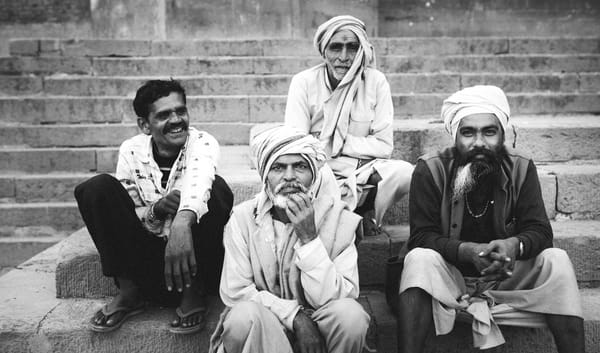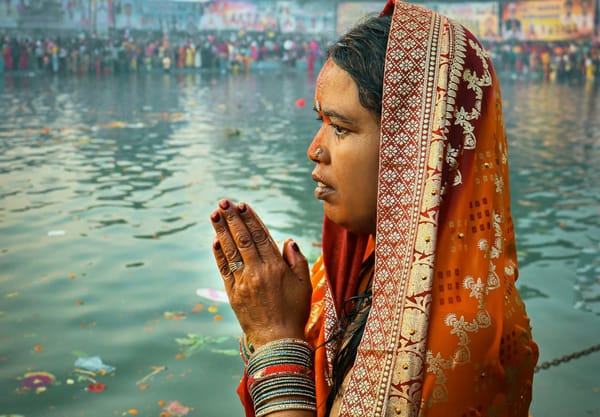Why Balakot ?

When the Indian Air Force conducted airstrikes on Balakot in February 2019, the world’s attention was suddenly drawn to this small town in Pakistan’s Khyber Pakhtunkhwa province.
The strikes targeted terror training camps, highlighting Balakot as a significant site in the ongoing conflict between India and Pakistan. But why Balakot?
For those unfamiliar with its history, the choice of this location might seem arbitrary. However, it is profound historical significance that makes Balakot an enduring symbol and strategic base for jihadist activities.
The Battle of Balakot
The roots of Balakot's significance can be traced back to the early 19th century, specifically to the Battle of Balakot in 1831. This pivotal event was the climax of a jihad led by Sayyid Ahmad Barelvi and his devoted follower, Shah Ismail Dehlawi.
Sayyid Ahmad Barelvi, who claimed to be a direct descendant of the Prophet, sought to purify Islam and resist the Sikh Kingdom’s rule in Punjab.
“When a state has been occupied by Non-Muslims, then Jihad becomes obligatory, for the Islamic Ummah (Muslims). - Sayyid Ahmad Barelvi
His movement, heavily influenced by Wahhabi ideology, aimed to establish Islamic governance based on Sharia law.
On May 6, 1831, Barelvi and his forces clashed with the Sikh army in Balakot. The battle ended in a disastrous defeat for Barelvi, who was killed along with many of his followers.
Despite this crushing defeat, the site of his martyrdom became a revered place for mujahids and the town of Balakot transformed into a symbol of jihad, its significance deeply embedded in the collective memory of Islamic terrorists.
The Legacy of Sayyid Ahmad Barelvi
The influence of Sayyid Ahmad Barelvi did not end with his death. His movement was carried forward by a network of dedicated followers who ensured the continuity of his jihadi vision.
His successors played crucial roles in maintaining and expanding the jihadi movement across the Indian subcontinent, actively sowing seeds of division and advocating for a separate Islamic identity that eventually contributed to the partition of India in 1947.
Fast forward to the 21st century, and Balakot remains a focal point for jihadist activities. The airstrikes in 2019 targeted camps associated with groups like Jaish-e-Mohammed, underscoring the town’s ongoing strategic importance.
The choice of Balakot as a base for these activities is far from random. It is a location imbued with historical and symbolic significance, serving as a potent reminder of past battles and sacrifices that continue to inspire contemporary jihadists.
The town’s symbolic value, rooted in the martyrdom of Sayyid Ahmad Barelvi and the legacy of his successors, provides a powerful narrative that jihadist groups leverage in their recruitment and propaganda efforts.





